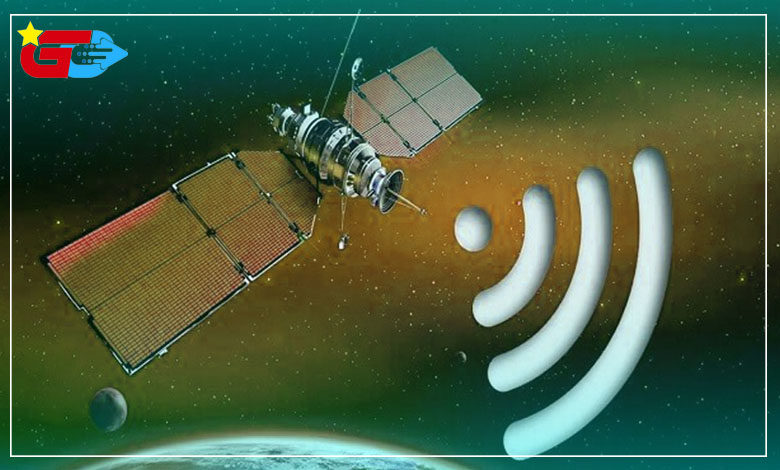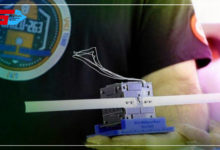How many satellites are there currently orbiting the Earth, and is it dangerous to have so many satellites in orbit?
The world launched satellites into space more than half a century ago. With them, we were able to do amazing things, like create real-time GPS anywhere on the planet

How many satellites are there currently orbiting the Earth, and is it dangerous to have so many satellites in orbit?
The world launched satellites into space more than half a century ago. With them, we were able to do amazing things, like create real-time GPS anywhere on the planet, or image space to create highly accurate maps, or even render the Internet. But how many are in orbit now?
The first artificial satellite began orbiting the Earth in the late 1950s, Sputnik, launched in 1957, was the first satellite that viewed Earth from outside the atmosphere. Until 2010, annual satellite launches ranged from 10 to 60. However, in the past, the number has risen exponentially, with 1,300 satellites launched in 2020, and 1,400 so far in 2021 ، There are 8,029 satellites in circle in November 2021
In total, 11,881 objects were launched into space, most of which were satellites. Of these, 3,850 are no longer in orbit, while another 8,029 orbit the planet. To find out how many satellites are in orbit at all times, we can refer to the updated list maintained by the United Nations Office for Outer Space Affairs (UNOOSA).
All of these satellites are in Low Earth Orbit (LEO, or Low Earth Orbit), a region that covers 2,000 kilometers of altitude in space ، However, with the arrival of private companies like SpaceX, the number of satellites launched and into orbit has skyrocketed, and will continue to grow in the coming years.
The increase in the number of satellites in orbit is due to the lower cost of their launch. Private companies such as SpaceX, OneWeb, Amazon or StarNet/GW plan to launch a total of 65,000 satellites in the coming years, and proposals are awaiting approval for this number to eventually exceed 100,000 satellites. SpaceX has the most, offering Internet through Starlink in many countries with high speeds and low latency.
Problems with having too many satellites in orbit :
Having a lot of satellites in orbit creates many problems. For starters, managing all traffic to avoid collisions is going to get even more complicated. In addition, it will affect astronomical imaging and scientific observation of space from Earth, as satellites reflect sunlight onto their plates. In fact, it is estimated that 8% of the light in the night sky can come from satellites, with one in ten “stars” being a moving satellite.
There are currently 128 million debris circulating in space. Of those, 34,000 are over 10cm in length, and over the years there will be more because there are more accidents or those in orbit disrupted by the effects of UV rays. With a single collision, a chaotic cascade effect can be created that affects hundreds or thousands of satellites in different orbital planes.
The chaos caused by space debris can reach a level that makes it impossible to launch new rockets into space if they are not controlled. For this reason, traveling to other planets may be an impossible task, known as the Kessler effect. Currently, there is no specific mechanism for eliminating this space junk.
Read also : The new Türksat 5B satellite, Turkey announced its launch date






